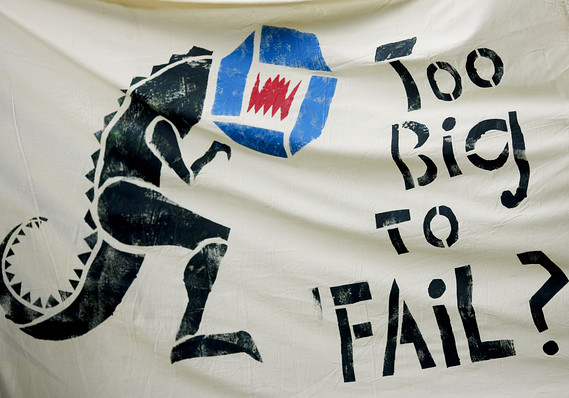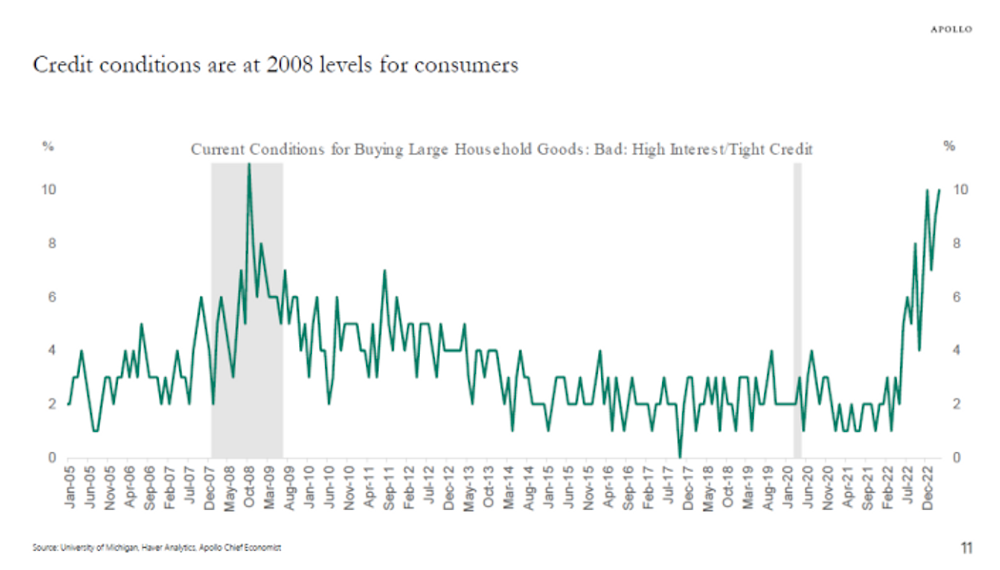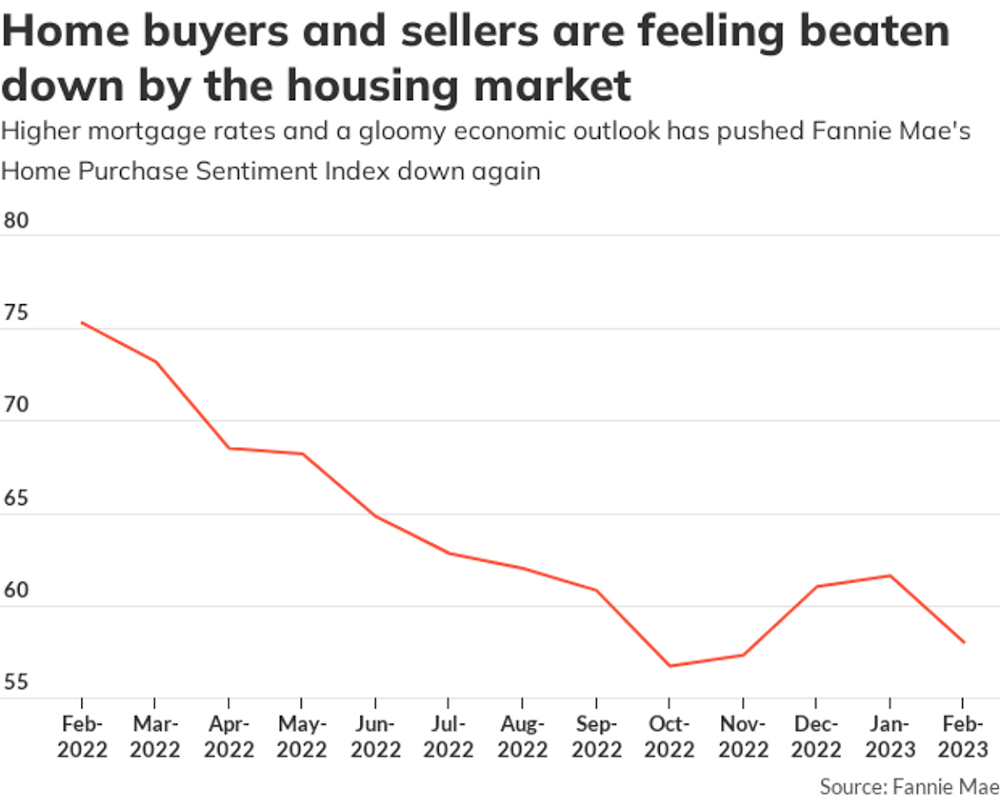WASHINGTON (MarketWatch)
The Federal Reserve’s proposed timetable for tapering its $85 billion-a-month bond-buying program is not set in stone, said Federal Reserve Chairman Ben Bernanke in fairly dovish prepared remarks to a Congressional panel
“I emphasize that, because our asset purchases depend on economic and financial developments, they are by no means on a preset course,” Bernanke said in remarks prepared for delivery to the House Financial Services Committee
Bernanke repeated his guidance from mid-June that the Fed anticipates it will be appropriate to begin to moderate the pace of the $85 billion asset-purchase plan “later this year,” and end them “around midyear” in 2014, if the economy evolves as forecast
If economic conditions were to improve faster that expected, the pace of asset purchases could be reduced “somewhat more quickly.”
“On the other hand, if the outlook for employment were to become relatively less favorable, if inflation did not appear to be moving back toward 2%, or if financial conditions — which have tightened recently — were judged to be insufficiently accommodative to allow us to attain our mandated objectives, the current pace of purchases could be maintained for longer,” Bernanke said
The Fed would be prepared “to employ all its tools, including an increase in the pace of purchases for a time,” if needed, he said
Most analysts think the Fed will begin to taper in September but some see the central bank delaying until December
The Fed chairman said the economy remained vulnerable to shocks and there was a risk that a dispute in Congress over the debt ceiling could throw the economy off track
“Risks remain that tight federal fiscal policy will restrain economic growth over the next few quarters by more than we currently expect, or that the debate concerning other fiscal policy issues such as the status of the debt ceiling, will evolve in a way that could hamper the recovery,” Bernanke said He said the economy was growing at a moderate pace despite strong headwinds
The housing market was likely to continue to recover despite the recent increases in mortgage rates, according to the Fed chief
Although the labor market is improving gradually, the job situation “is far from satisfactory,” Bernanke said
The Fed chairman repeated that low inflation is due in part to some factors that are likely to be transitory
But he stressed for the first time that the Fed “is certainly aware that very low inflation poses risks to economic performance,” and said that central bankers would monitor the situation closely
Bernanke tried again to separate tapering in asset purchases from a rise in short-term interest rates He said the central bank intends to maintain a high degree of monetary accommodation “for a considerable time” after the asset-purchase program ends
The Fed intends to keep short-term rates close to zero “at least as long” as the unemployment rate remains above 6.5%
“I emphasize that, because our asset purchases depend on economic and financial developments, they are by no means on a preset course,” Bernanke said in remarks prepared for delivery to the House Financial Services Committee
Bernanke repeated his guidance from mid-June that the Fed anticipates it will be appropriate to begin to moderate the pace of the $85 billion asset-purchase plan “later this year,” and end them “around midyear” in 2014, if the economy evolves as forecast
If economic conditions were to improve faster that expected, the pace of asset purchases could be reduced “somewhat more quickly.”
“On the other hand, if the outlook for employment were to become relatively less favorable, if inflation did not appear to be moving back toward 2%, or if financial conditions — which have tightened recently — were judged to be insufficiently accommodative to allow us to attain our mandated objectives, the current pace of purchases could be maintained for longer,” Bernanke said
The Fed would be prepared “to employ all its tools, including an increase in the pace of purchases for a time,” if needed, he said
Most analysts think the Fed will begin to taper in September but some see the central bank delaying until December
The Fed chairman said the economy remained vulnerable to shocks and there was a risk that a dispute in Congress over the debt ceiling could throw the economy off track
“Risks remain that tight federal fiscal policy will restrain economic growth over the next few quarters by more than we currently expect, or that the debate concerning other fiscal policy issues such as the status of the debt ceiling, will evolve in a way that could hamper the recovery,” Bernanke said He said the economy was growing at a moderate pace despite strong headwinds
The housing market was likely to continue to recover despite the recent increases in mortgage rates, according to the Fed chief
Although the labor market is improving gradually, the job situation “is far from satisfactory,” Bernanke said
The Fed chairman repeated that low inflation is due in part to some factors that are likely to be transitory
But he stressed for the first time that the Fed “is certainly aware that very low inflation poses risks to economic performance,” and said that central bankers would monitor the situation closely
Bernanke tried again to separate tapering in asset purchases from a rise in short-term interest rates He said the central bank intends to maintain a high degree of monetary accommodation “for a considerable time” after the asset-purchase program ends
The Fed intends to keep short-term rates close to zero “at least as long” as the unemployment rate remains above 6.5%
And this was a threshold and not a trigger, he said
“For example, if a substantial part of the reductions in measures of unemployment were judged to reflect cyclical declines in labor force participation rather than gains in employment, the Fed would be unlikely to view a decline in unemployment to 6.5% as a sufficient reason to raise its target for the federal funds rate,” Bernanke said
He said that as long as the economy remains short of “maximum employment” and inflation remains tame, increases in the federal funds rate, once they begin, “are likely to be gradual.”
In comments about regulatory policy, Bernanke said the central bank hopes to put in place the Volcker rule by the end of the year
“For example, if a substantial part of the reductions in measures of unemployment were judged to reflect cyclical declines in labor force participation rather than gains in employment, the Fed would be unlikely to view a decline in unemployment to 6.5% as a sufficient reason to raise its target for the federal funds rate,” Bernanke said
He said that as long as the economy remains short of “maximum employment” and inflation remains tame, increases in the federal funds rate, once they begin, “are likely to be gradual.”
In comments about regulatory policy, Bernanke said the central bank hopes to put in place the Volcker rule by the end of the year




















No hay comentarios:
Publicar un comentario